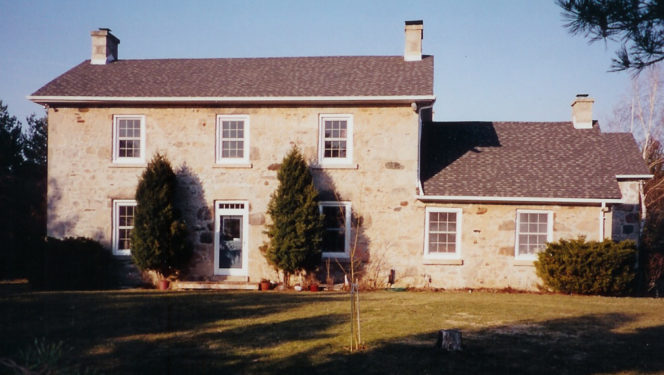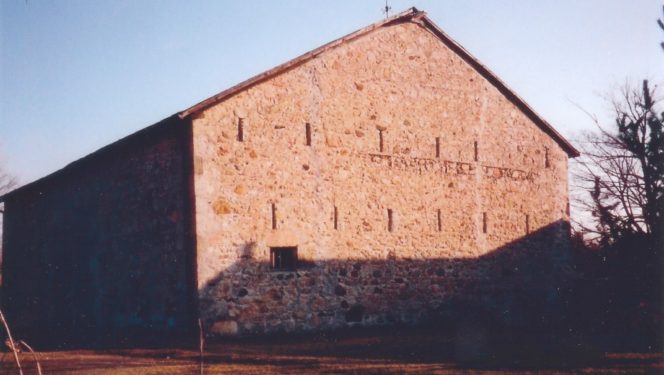James Orme House and Barns - Digital Archive
The Digital Archive provides historical information on properties that are included on the Township’s Heritage Register. The Digital Archive only includes properties which have consented to include their heritage property on this archive.
James Orme House and Barns

Biographical Info
The James Orme House was built in 1854, possibly by Peter Hume, a Scottish stonemason who lived nearby. It is an early and significant fieldstone and granite Georgian style house in the Puslinch Township. In addition to the two-storey Georgian farmhouse, Orme also started a farm on the property.
Of particular note is the associated large fieldstone barn (1868) and the stone stable (1871). A stone piggery, later demolished, formed the third arm of this traditional enclosed farmyard.
James Orme had emigrated from Scotland to Farnham Plains in 1832, purchasing Lots 7 to 9.
The property is historically associated with Scottish immigration and the settlement of Arkell. It is extremely agriculturally significant to Puslinch and Arkell, and is even cited in Canadian literature on barns.










